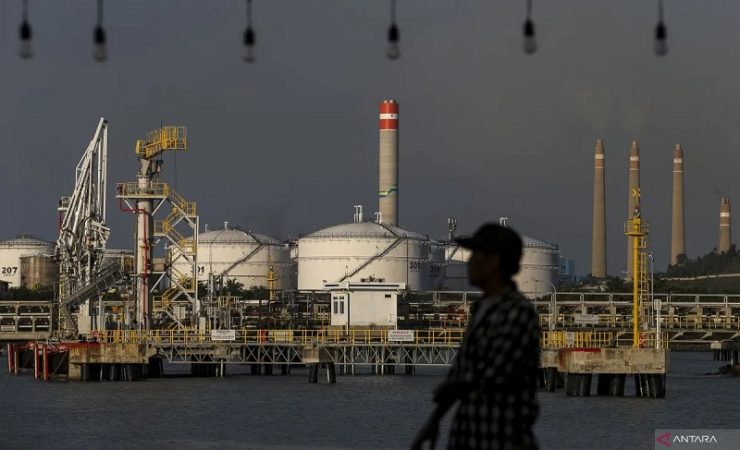INDONESIA will need at least IDR7,500 trillion (approximately US$465 billion) in new investments to sustain strong economic growth in 2026, according to Finance Minister Sri Mulyani Indrawati.
“High economic growth cannot be achieved without significant investment expansion,” she said during the 21st Plenary Session of the House of Representatives (DPR) in Jakarta on Tuesday (07/1), 2025.
Indrawati explained that investment will need to grow at a minimum annual rate of 5.9 percent to help reach the government’s growth targets. Investment currently contributes around 30 percent of Indonesia’s gross domestic product (GDP).
“To meet our growth goals in 2026, we must secure at least IDR7,500 trillion in new investments,” she said.
To attract both domestic and foreign capital, the government is relying on the newly established sovereign wealth fund, Danantara, which focuses on strategic, high-value-added sectors expected to play a critical role in reaching the investment target.
Boosting domestic demand
On the demand side, household consumption, which contributes 55% of GDP, must grow by at least 5.5%. Achieving this will require creating more jobs, boosting household incomes, and strengthening purchasing power, Indrawati noted.
Household spending will depend on factors such as low inflation, stable employment, and continued government support, particularly in essential areas like food and energy.
One such initiative is the Free Nutritious Meals (MBG) program, expected to have a strong multiplier effect by supporting local supply chains and directly employing about 1.7 million workers.
Navigating global uncertainty
Indrawati warned that achieving high growth will not be easily given the uncertain global economic climate. She emphasized the need to empower the private sector by ensuring macroeconomic stability and business-friendly regulations.
She expressed optimism that greater collaboration between the public and private sectors could boost exports, strengthen domestic supply chains, and accelerate economic transformation, especially in high-value-added industries.
Private investment will play a key role in infrastructure, green technologies, and digital transformation — all essential for achieving inclusive and sustainable growth, she added.
Sectoral focus and growth projections
The government’s efforts to develop downstream industries are expected to help push export growth to 6.8 percent in 2026.
“Achieving this will not be easy, especially in a world where many countries are turning inward and adopting protectionist policies,” Indrawati cautioned.
Global economic projections remain modest. The World Bank estimates global growth at 2.4% in 2026, while the International Monetary Fund projects around 3% — both signaling continued global softness.
On the production side, the government is targeting 5.3% growth in the manufacturing sector, which contributes 19% of GDP and plays a key role in job creation. Other key sectors include wholesale and retail trade, which makes up 13.2%of GDP and is projected to grow 5.7%, supported by subsidies and social protection programs.
Meanwhile, the information and communication sector, contributing 4.4% to GDP, expected to grow 8.3%, driven by digital infrastructure and data center development. [antaranews]
















